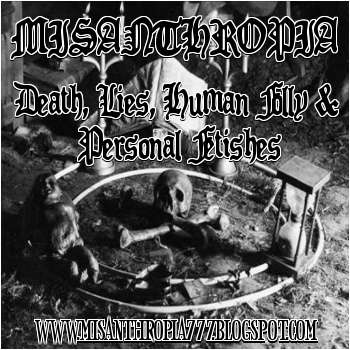From Wikipedia, the free encyclopedia
Danse macabre, Op. 40 by French composer Camille Saint-Saëns is an art song for voice and piano (first performed in 1872) with a French text by the poet Henri Cazalis which is based in an old French superstition. Two years later, the composer expanded and reworked the piece into a tone poem for orchestra, replacing the vocal line with a solo violin.
Analysis
According to the superstition of the French people, "Death" appears at midnight every year on Halloween. Death calls forth the dead from their graves to dance their dance of death for him while he plays his fiddle represented by a solo violin with its E-string tuned to an E-flat in an example of scordatura tuning. His skeletons dance for him until the rooster crows at dawn, when they must return to their graves until the next year.
The piece opens with a harp playing a single note, D, twelve times to accompanied which is accompanied by soft chords from the string section. This then leads to the E flat and A chords also known as a tritone or the "Devil's chord", and the solo violin's E string is tuned a half step lower to create this effect played by a solo violinist, which represents death. After which the main theme is heard on a solo flute and is followed by a descending scale on the solo violin which is accompianed by soft chords from the string section, particularly the lower instruments of the string section, followed by the full orchestra who then joins in on the descending scale. The main theme and the scale is then heard throughout the various sections of the orchestra until it breaks to the solo violin and the harp playing the scale. The piece becomes more energetic and climaxes with the full orchestra playing very strong dynamics . Towards the end of the piece, there is another violin solo, now modulationg, which is then joined by the rest of the orchestra. The final section, represents the dawn breaking and the skeletons returning to their graves.
The piece makes particular use of the xylophone to imitate the sounds of rattling bones. Saint-Saëns uses a similar motif in the Fossils part of his Carnival of the Animals.
Instrumentation
Danse macabre is scored for an obbligato violin, as well as the following orchestra:
Woodwinds: piccolo, 2 flutes, 2 oboes, 2 clarinets in B-flat, 2 bassoons
Brass: 4 horns in G and D, 2 trumpets in D, 3 trombones, tuba
Percussion: timpani, xylophone, bass drum, cymbals, triangle
Strings: harp, violins I, II, violas, violoncellos, double basses
Text
An English translation of the poem follows:
Zig, zig, zig, Death in cadence,
Striking a tomb with his heel,
Death at midnight plays a dance-tune,
Zig, zig, zag, on his violin.
The winter wind blows, and the night is dark;
Moans are heard in the linden trees.
White skeletons pass through the gloom,
Running and leaping in their shrouds.
Zig, zig, zig, each one is frisking,
You can hear the cracking of the bones of the dancers.
A lustful couple sits on the moss
So as to taste long lost delights.
Zig zig, zig, Death continues
The unending scraping on his instrument.
A veil has fallen! The dancer is naked.
Her partner grasps her amorously.
The lady, it's said, is a marchioness or baroness
And her green gallant, a poor cartwright.
Horror! Look how she gives herself to him,
Like the rustic was a baron.
Zig, zig, zig. What a saraband!
They all hold hands and dance in circles.
Zig, zig, zag. You can see in the crowd
The king dancing among the peasants.
But hist! All of a sudden, they leave the dance,
They push forward, they fly; the cock has crowed.
Oh what a beautiful night for the poor world!
Long live death and equality!
From: http://en.wikipedia.org/wiki/Danse_macabre_(Saint-Sa%C3%ABns)
Saturday, March 27, 2010
Subscribe to:
Post Comments (Atom)











 "He who can, does. He who cannot, teaches."
"He who can, does. He who cannot, teaches."



 "Being is substance and life; life manifests by movement; movement is perpetuated by equilibrium; equilibrium is therefore the law of immortality.
"Being is substance and life; life manifests by movement; movement is perpetuated by equilibrium; equilibrium is therefore the law of immortality.


 "The doctrine of equality!... But there exists no more poisonous poison: for it seems to be preached by justice itself, while it is the end of justice.... "Equality for equals, inequality for unequals" that would be the true voice of justice: and, what follows from it, "Never make equal what is unequal."
"The doctrine of equality!... But there exists no more poisonous poison: for it seems to be preached by justice itself, while it is the end of justice.... "Equality for equals, inequality for unequals" that would be the true voice of justice: and, what follows from it, "Never make equal what is unequal."



No comments:
Post a Comment
Note: Only a member of this blog may post a comment.